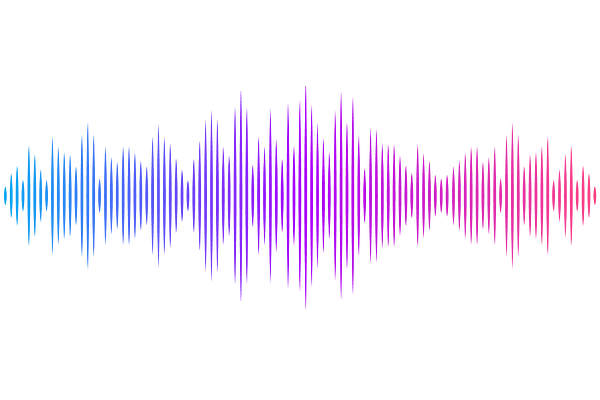Controlling the morphologies and dynamics in three-dimensional tissues

Controlling the morphologies and dynamics in three-dimensional tissues
Das, R.; Li, X.; Sinha, S.; Thirumalai, D.
AbstractA number of factors, such as, cell-cell interactions and self-propulsion of cells driven by cytoskeletal forces determine tissue morphologies and dynamics. To explore the interplay between these factors in controlling the dynamics at the tissue scale, we created a minimal three dimensional model in which short-range repulsive elastic forces account for cell-cell interactions. Self-propulsion is modeled as active uncor- related random stochastic forces, with strength , that act on individual cells and is the only source of cell motility. Strikingly, variations in polydispersity in cell sizes ({Sigma}) and cell elasticity (E), results in the formation of a variety of distinct \'\'phases\'\', driven entirely by . At low E, the tissue behaves like a liquid, at all values of {Sigma}, whereas at high E and {Sigma}, it has the characteristics of a glass. The tissue crystallizes at low {Sigma} provided E exceeds a critical value. Over a narrow range of E and {Sigma}, that lies between the boundaries of the liquid and glass phase, the effective viscosity increases like in a glass as the cell density increases and saturates as the cells are compressed beyond a certain value, creating the viscosity saturation (VS) phase. The VS phase does not form in systems at finite temperature in which the dynamics satisfies the Fluctuation Dissipation Theorem. In the glass phase, the tissue exhibits aging (relaxation times depend on the waiting time) behavior at high E values. Our findings provide a framework for designing tissues with tunable material properties by controlling the physical characteristics of cells.